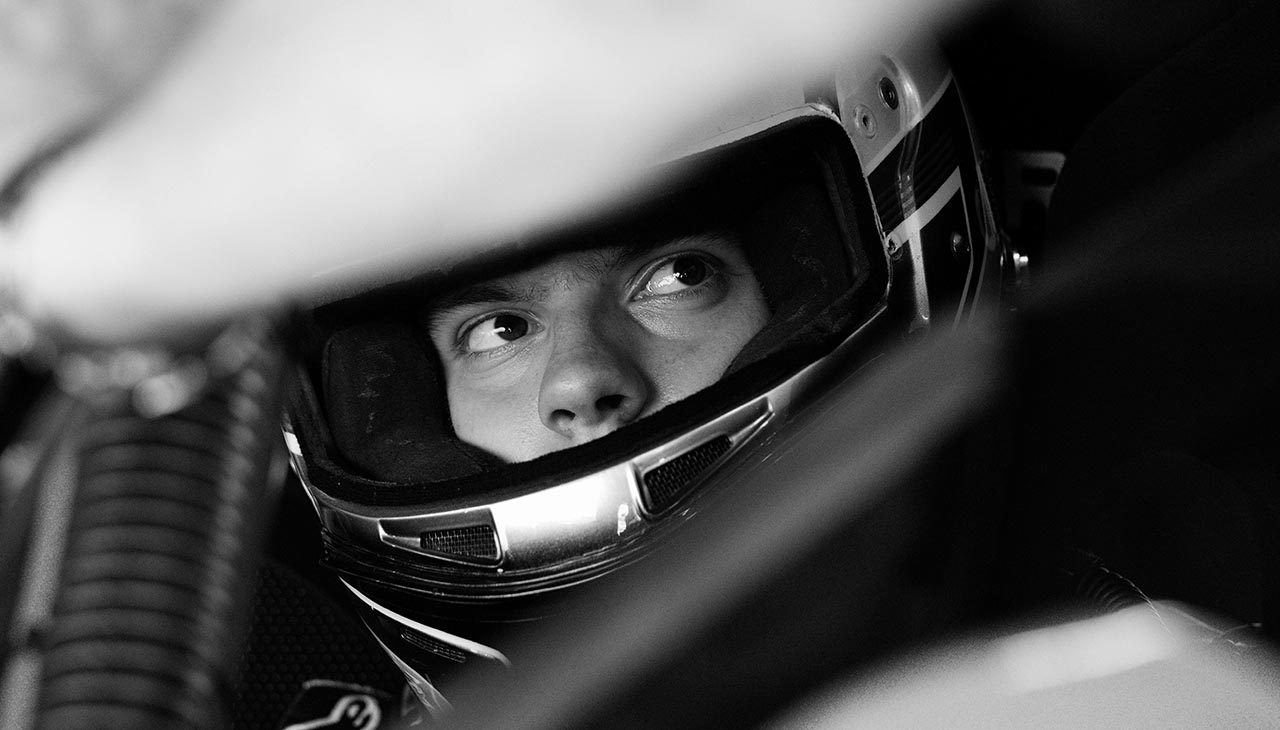
In the high-octane world of motorsports, the role of a pit crew chief transcends mere logistics; it embodies the essence of strategic decision-making under immense pressure. The pit stop is not just a routine procedure but a carefully orchestrated ballet where every second counts. A successful crew must work in perfect harmony, demonstrating a profound understanding of both the mechanical and human elements involved in racing.
The interplay of strategy and teamwork is crucial when it comes to navigating the complexities of a race. As a pit crew chief, one must develop a meticulous plan that aligns the crew’s skills with the race’s demands. This involves not only anticipating the needs of the driver but also countering the evolving conditions of the race, all while keeping a keen eye on competitors. The efficiency of logistics can make or break a team’s performance, and every component of the crew plays a vital role in this intricate puzzle.
Pressure is an ever-present factor during each pit stop, where split-second decisions can lead to victory or defeat. The crew must respond to unforeseen circumstances with agility and precision. This demands trust among team members, as well as a deep-seated understanding of their individual strengths and weaknesses. In this high-stakes environment, a pit crew chief’s ability to maintain composure and focus under pressure is critical to not only achieving peak performance but also fostering a culture of resilience within the team.
Optimizing Pit Stop Timing to Gain Competitive Advantage
In high-stakes racing, the timing of pit stops can significantly influence the outcome of a race. A well-coordinated crew can provide a substantial edge, and understanding the nuances of pit stop strategy is essential for success. The key lies in analyzing various factors, such as tire wear, fuel levels, and track conditions, to determine the optimal moment to call a driver in for service.
One effective strategy involves monitoring competitor behavior. By closely observing when rival teams make their pit stops, a crew chief can find opportunities to gain ground. For example, if a leading car makes an unexpected stop, adjusting the timing of one’s own pit stop can lead to gaining positions on the track. Anticipating when to pit based on the anticipated movements of competitors allows the crew to capitalize on any potential lapses in their strategy.
Additionally, understanding the impact of varying tire compounds is crucial. Teams must evaluate track temperature and its effects on tire degradation to determine the best time to change tires. Timing a pit stop when competitors are experiencing significant tire wear can result in a significant performance benefit, allowing a driver to push harder and gain a competitive edge on fresh rubber.
Effective communication is another vital aspect of executing a successful pit stop. The crew must be synchronized and ready to respond quickly to changing circumstances on the track. Real-time data analysis enables the crew chief to make informed decisions, adjusting strategies as conditions evolve. Ensuring the crew is well-practiced and capable of performing tasks efficiently under pressure is essential to minimizing the time spent in the pit.
In conclusion, optimizing pit stop timing involves a combination of foresight, strategy, and precise execution. A knowledgeable crew that can analyze the situation effectively will position themselves favorably against competitors, maximizing their chances of crossing the finish line first.
Managing Team Dynamics Under High-Pressure Situations

In the world of racing, the pit crew operates within a uniquely intense environment, where every second counts, and precision is paramount. Managing team dynamics in such high-pressure situations requires strategic foresight and an acute awareness of individual strengths and weaknesses.
First, clear communication is essential. Each member of the pit crew has specific roles, from tire changers to fuelers. Establishing a robust logistics plan ensures that everyone knows their responsibilities and can execute their tasks efficiently. A well-practiced communication protocol allows for swift adaptations to unexpected challenges, such as a sudden weather change or mechanical issues.
Next, trust plays a crucial role in team dynamics. Each crew member must rely on others to perform their tasks flawlessly. Building trust through consistent practice and team-building exercises fosters an environment where team members feel empowered to take calculated risks, knowing their teammates will support them. This is especially important during chaotic pit stops, where split-second decisions can make or break a race.
Additionally, recognizing stress levels and providing support is vital. High-pressure situations often lead to heightened emotions. Acknowledging this, and implementing stress-reduction techniques, such as deep-breathing exercises or brief pauses to regroup, can help maintain focus. Ensuring team members are mentally prepared for the pressures of race day is as important as their physical training.
Finally, learning from each experience is key to evolving as a team. After each race, conducting a thorough review of both successes and mistakes provides valuable insights. This process not only enhances logistics for future races but also strengthens team cohesion by creating a culture of continuous improvement.
In summary, managing team dynamics under high-pressure situations in a pit crew requires effective communication, trust, emotional awareness, and a commitment to learning. By honing these elements, a pit crew can significantly enhance their performance and ensure they operate seamlessly under the pressures of a race.
Implementing Robust Logistics for Seamless Operations

In the high-pressure environment of motorsport, logistics play a crucial role in ensuring that the crew operates efficiently and effectively. A well-organized logistics system reduces downtime and enhances performance during races.
First, it is essential to prioritize communication among all team members. Utilizing advanced communication tools allows the crew to stay updated on real-time data, minimizing errors and ensuring everyone is on the same page. This transparency fosters a collaborative atmosphere where quick decisions can be made, crucial during pit stops.
Secondly, planning and managing resources meticulously is vital. This includes everything from tire selection to fuel management. By analyzing previous performances and adapting strategies based on the track’s unique characteristics, teams can ensure they have the right equipment ready for each race. Having backup plans is equally important; logistical flexibility allows the crew to respond swiftly to unforeseen challenges.
Moreover, establishing a logical layout for the pit area can significantly enhance efficiency. Each crew member should have clearly defined roles and know their exact positions during critical moments. Proper training and regular drills will prepare crew members to execute their responsibilities smoothly under pressure.
Finally, monitoring performance metrics post-race is crucial for improving future logistics. By assessing what worked and what didn’t, teams can refine their processes, leading to continuous improvement and seamless operations. Every detail counts in creating an optimized logistics framework that supports the crew in achieving peak performance.




